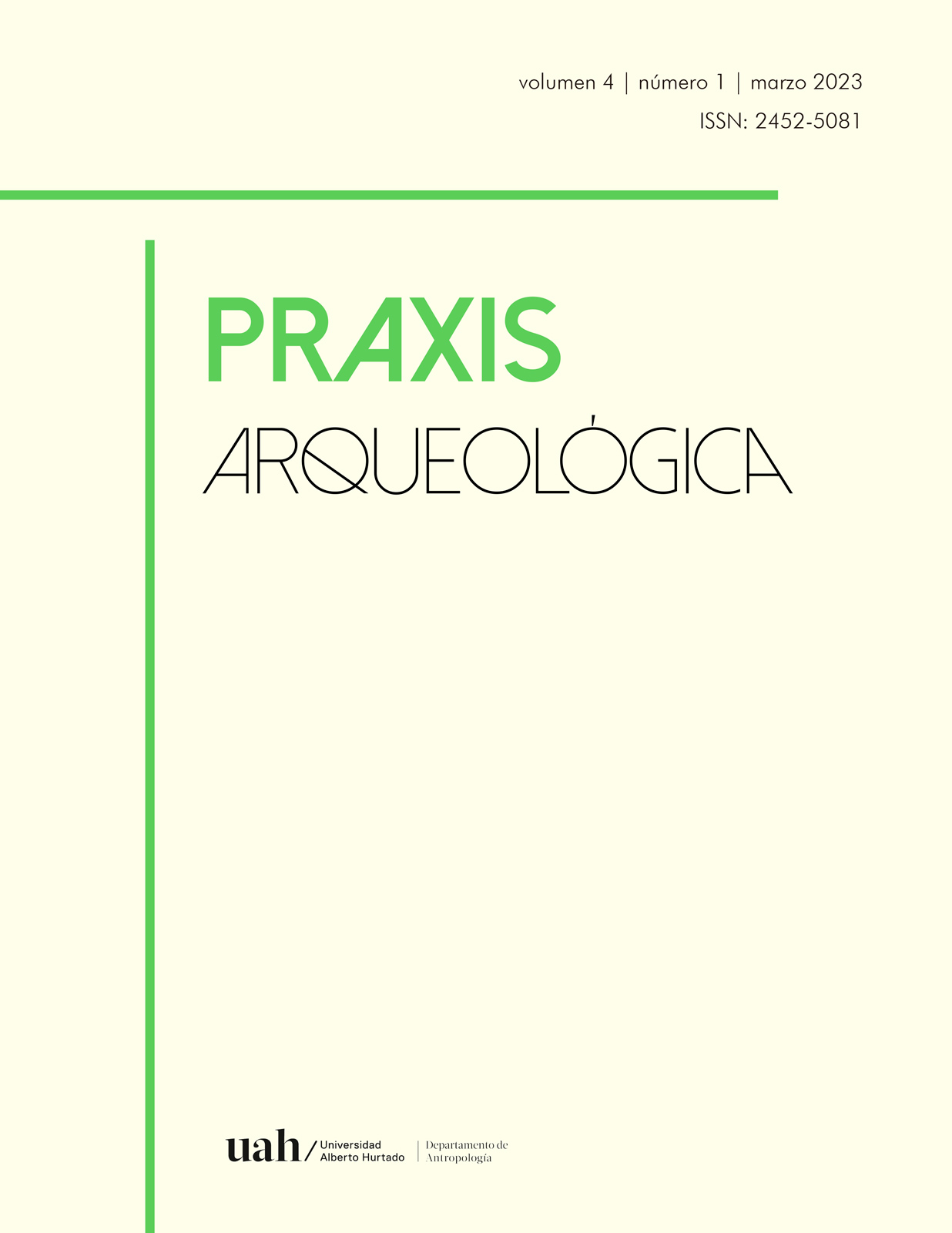Animitas como manifestación material de religiosidad popular: estudio de cenotafios en Santiago
##plugins.themes.bootstrap3.article.main##
Resumen
El siguiente artículo consiste en el estudio de animitas, que se construyen en los espacios urbanos de la ciudad de Santiago, como manifestación material de la religiosidad popular latinoamericana. Para ello, se tomarán dos casos que conmocionaron a la opinión pública: las animitas de las víctimas Marina Silva y Hans Pozo. El estudio tiene como objetivo conocer y describir una forma material de religiosidad popular que se experimenta de manera cotidiana en espacios urbanos de Santiago, poniendo énfasis en su materialidad y sus prácticas rituales. Mediante la utilización de la metodología etnoarqueológica, se analiza una experiencia espiritual por fuera del culto normado e institucionalizado y su mezcla con elementos seculares y modernos, entendiendo que la religiosidad popular y cotidiana es un espacio que se basa en el sincretismo de creencias y experiencias religiosas que dan sentido al mundo del individuo. La animita es un cenotafio que nace de la agencia humana por una muerte en espacio público, pero también poseería una capacidad de actuar en el mundo, teniendo una eficacia simbólica, pues, al ser un mediador de entre lo invisible y lo visible, transformaría la realidad de quien le reza.



